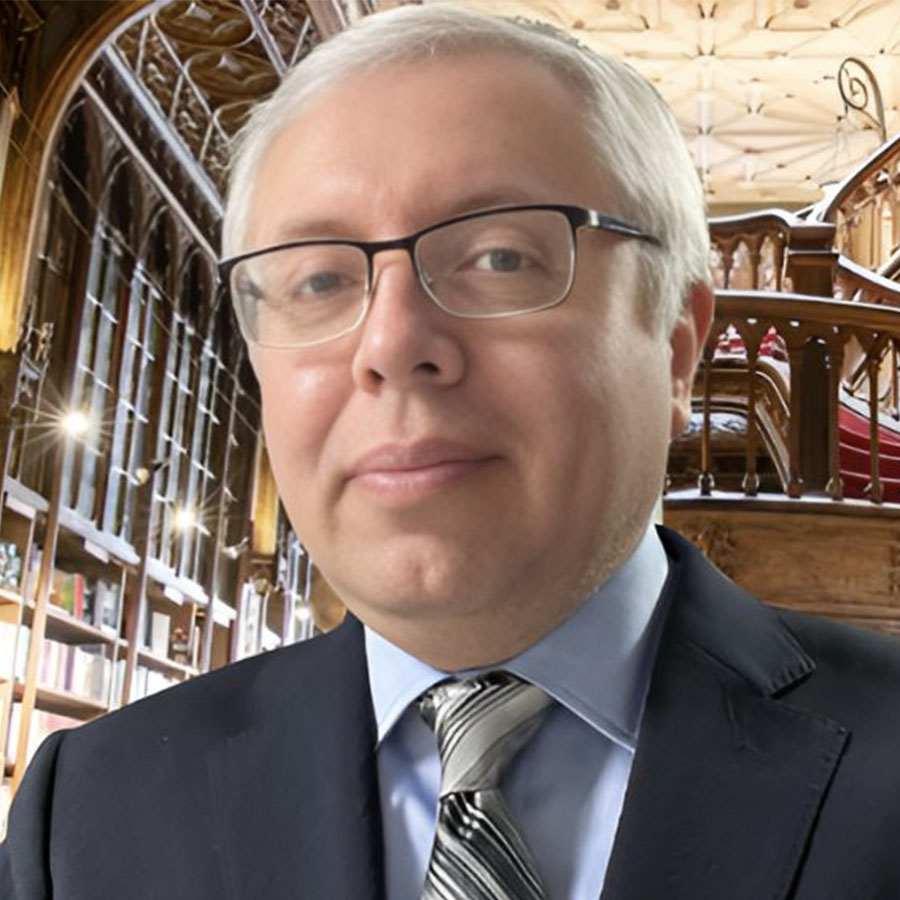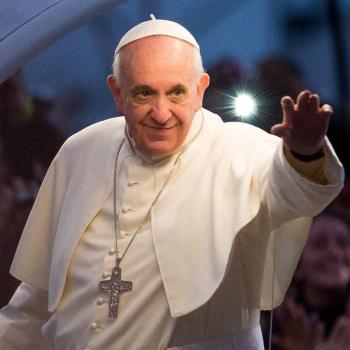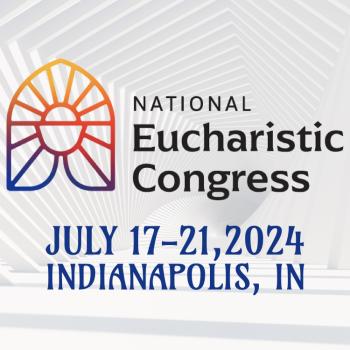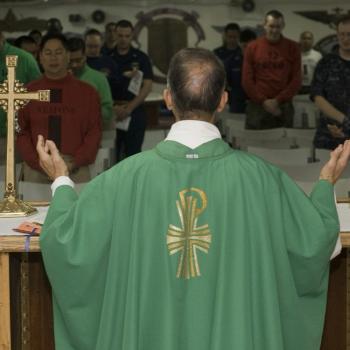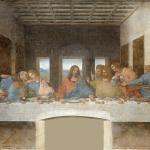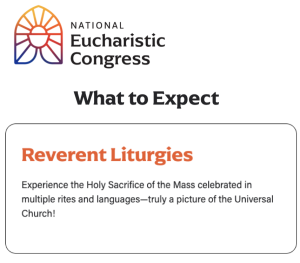
The 10th National Eucharistic Congress in the United States has been the most important stage so far of the National Eucharistic Revival. This movement is a pastoral initiative of the USCCB aimed at recovering, strengthening, and revitalizing faith in the Real Presence of Jesus in the Eucharist. The congress was held in Indianapolis. Around 50,000 Catholics of all ages, including lay faithful, nuns, and ordained ministers, traveled from all over the country to gather at Lucas Oil Stadium and the Indiana Convention Center. The event took place from July 17 through July 24.
The official website of the congress promised each day would be “packed with opportunities for personal transformation and life-giving Catholic community.” What should attendees expect to experience? According to the website also, eight things:
- Impact sessions
- Revival sessions
- Breakout sessions
- An Expo hall
- Confession
- A Eucharistic Procession
- Eucharistic Adoration
- And reverent liturgies
Why were liturgies advertised as “reverent”, as if this was something peculiar or different at this event? These reverent liturgies are part of the list of the reasons to attend this event. And indeed, all the Eucharistic celebrations that took place throughout the congress were beautiful and reverent.
The liturgies during the congress
Every day, six masses were celebrated at the stadium and the convention center. Three in the morning and three in the afternoon. Novus ordo masses were celebrated every day in English and Spanish, as well as a special mass for youth.
There were also a Byzantine divine liturgy, one mass in Vietnamese, one Byzantine Hierarchical Vigil divine liturgy and a Syro-Malabar Qurbānā liturgy.
Those who are fond of the Holy Mass according to the 1962 Missal, had the opportunity to attend two liturgies, held at Holy Rosary Church, which is the one designated by the Archdiocese of Indianapolis for the celebration of the Mass according to the pre-conciliar rite.
The congress concluded, of course, with the celebration of the Eucharist at Lucas Oil Stadium, presided by the Papal delegate, Luis Cardinal Tagle, who is the Pro-Prefect for the Section of First Evangelization of the Dicastery for Evangelization in Rome.
In summary, several masses, according to different rites, in different languages, all of them beautiful, solemn and reverent as promised. But, shouldn’t all masses outside the Eucharistic Congress, everywhere and every day, be celebrated beautifully, solemnly and reverently?
Advertising “reverent liturgies” as a means to attract people
The National Eucharistic Congress advertised its liturgies as “reverent”, among the different important reasons why a Catholic should attend the event. Maybe parishes should place an ad outside announcing “Reverent Liturgies” to attract people and increase the participation in mass?
But, being sincere, how many parishes across the nation could truly guarantee that the Holy Mass is celebrated with the due reverence?
Because it is a fact that shallow celebrations, liturgical errors as well as liturgical abuses afflict many parishes. This happens, more often than not, out of a combination of a good intention and an insufficient liturgical formation, both of priests and the lay liturgical ministers alike. Undeniably, there are many as well who deliberately alter the liturgical celebration even though they know well the norms in place, disregarding the liturgical law: “no person, even if he be a priest, may add, remove, or change anything in the liturgy on his own authority” [SC 22.3].
The absence of reverence results in the erosion of faith
Modifying the Liturgy at one’s discretion jeopardizes its true theological meaning and can alter the sacramental experience of God among the assembly. “The reprobated practice by which Priests, Deacons or the faithful here and there alter or vary at will the texts of the Sacred Liturgy that they are charged to pronounce, must cease. For in doing thus, they render the celebration of the Sacred Liturgy unstable, and not infrequently distort the authentic meaning of the Liturgy” [RS 59].
Liturgical shallowness, as well as liturgical errors and abuses have contributed for sure to the loss in the faith in the Real Presence in these past decade. How can people truly believe it is Jesus the one present when everyone disregards the fact that a Eucharistic sacrifice is taking place at the altar? When the Holy Mass into a show? Or when it becomes a horizontal assembly centered on the people and not on God? It should actually be the other way around, for liturgy is the “antidote for the poison of spiritual worldliness” [DD 17].
Liturgical reverence as a means to revive the faith in the Eucharist
To fully succeed, the Eucharistic Revival must bring along a liturgical revival as well, including our bishops. As our pastors, they must ensure that, from now on, seminarians do receive sufficient liturgical formation, and priests and bishops continue to receive a “serious and vital liturgical formation” [DD 27] as part of their continuous formation plan, as Pope Francis has instructed through his Apostolic Letter of 2022, Desiderio Desideravi, on the liturgical formation of the people of God.
Reverence is always a consequence of a serious and vital liturgical formation. “For the antidote of the Liturgy to be effective, we are required every day to rediscover the beauty of the truth of the Christian celebration” [DD 21].
Among other things, a Eucharistic Congress must serve as a reference to the Church —in this case, to the Catholic Church in the United States. Therefore, the reverent form in which all liturgies were celebrated throughout the congress must serve as an example to all priests and to all liturgical ministers.
As it was proven throughout the event in Indianapolis, yes, it is possible to celebrate masses that are not only engaging, but profoundly engaging, because they are beautiful, solemn, and reverent. This reverence creates the proper spiritual ambience to experience a deep connection with the Lord. This way of celebrating the Eucharistic sacrifice does send the message that something sacred is taking place, because Jesus is truly present, transforming bread and wine into his own body, blood, soul and divinity, but equally important, to offer himself up in sacrifice to his Father.
The sacrificial aspect of the Eucharist must never be overlooked —When it is, it is easy to fall into errors and liturgical abuses.
The sacrifice of the broken Jesus
The talk that touched my soul at the deepest, during this congress, was given by Mother Olga of the Sacred Heart —a holy nun that made many of us think of Mother St. Teresa of Calcutta. Her love for the Eucharist is evident in the way she brings Jesus, present in the Eucharist, to everyone touched by the ministry of the congregation of Daughters of Mary of Nazareth, founded by her.
Led by Mother Olga, the Daughters of Mary of Nazareth devote their life to the acts of goodwill, ministering to the sick, the addicts, the ones in prison, and single mothers —people whose life is broken. But Mother Olga has healed the brokenness of many, by bringing to them the broken Jesus present in the Eucharist. A broken Jesus who let others pierce his hands, feet and heart in order to redeem our brokenness.
This is why, before distributing communion, the priest breaks the consecrated host, and then presents to us “The lamb of God who takes away the sin of the world”. Breaking the bread, liturgically, symbolizes the slaying of the lamb at the temple. Ecce agnus Dei qui tollit peccata mundi! The definitive slain lamb of the book of Revelation whose blood washes the robes of those coming out of the great tribulation, making them white [Rev 7:14]
When everyone celebrating the Holy Mass, the priest, the liturgical ministers, the choir and the assembly have clear that we are present before the slain lamb, the broken Jesus who gives up his life on a cross for our salvation, when we acknowledge we are not gathered to celebrate a festivity, but to celebrate the Eucharistic sacrifice, there is just no way to not celebrate the mass with reverence. Just as it happened during the 10th National Eucharistic Congress. Just as it happens in many parishes. Just as it needs to happen in the rest of the parishes as well. And then, there should be no reason to not believe Jesus is truly present in the consecrated bread and wine.
The world shall tremble when Jesus is present on the altar
The way Pope Francis finishes Desiderio Desideravi makes sense at the end of my reflection on the National Eucharistic Congress. The Holy Father closes his letter by recalling a letter written to his entire order by St. Francis of Assisi:
Let everyone be struck with fear, let the whole world tremble, and let the heavens exult
when Christ, the Son of the living God, is present on the altar
in the hands of a priest!
O wonderful loftiness and stupendous dignity!
O sublime humility! O humble sublimity!
The Lord of the universe, God and the Son of God,
so humbles Himself that for our salvation
He hides Himself under an ordinary piece of bread!
Brothers, look at the humility of God,
and pour out your hearts before Him!
Humble yourselves that you may be exalted by Him!
Hold back nothing of yourselves for yourselves,
that He Who gives Himself totally to you may receive you totally!
Indeed, just as St. Francis wrote centuries ago, the souls and hearts of 50,000 people gathered at the stadium did tremble once and again every time the Most Blessed Sacrament was exposed for Eucharistic Adoration. Sublime moments in which human eyes contemplated the Divine. Those were the most reverent moments every day at the congress —moments that will be preserved forever in the minds and hearts of those who could witness the Real Presence of the Lord in the consecrated host enthroned at the monstrance on the altar.
________________
Abbreviations
DD – Apostolic letter Desiderio Desideravi. Pope Francis.
Rev – Book of Revelation.
RS – Instruction Redemptionis Sacramentum. Congregation for Divine Worship and the Discipline of the Sacraments.
SC – Liturgical Constitution Sacrosanctum Concilium. 2nd Vatican Council.


